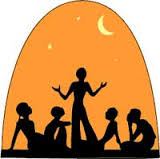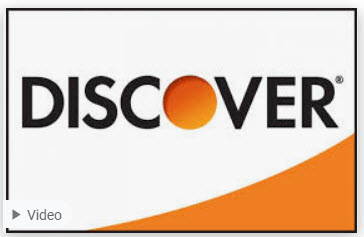Storytelling and Culture.
Ana Anjelic is a smart, intellectual brand thinker. Her piece on storytelling and culture here is both these things. I would like to riff on her thoughts if I may.
I’ve been telling people for a couple of years that storytelling is the pop marketing topic of the decade. And I believe that. But I also believe it is an amazing tool if used correctly. And when I say correctly, I mean if the stories are not random but on brand strategy. Stories that are lovely but not on brand should be scuttled. Now, not all stories are published by the brand. Some are consumer stories and harder to scuttle. It’s the brand managers job to encourage on brand stories from consumers and curate them. Not easy, but doable.
As for culture, I partially agree that people buy brands to participate in a product culture…to wear that culture as a badge. Certainly, in fashion this is true. But I more so believe people use brands not to be a part of a product culture but rather to make the brand part of their individual being or culture. The buyer as tastemaker as it were. “I like Marmot gear because if works for me. It meets my design standards.” It broadcasts an individual’s personal taste as opposed to being a member of a cult/culture thing.
Stories are tactics, used to deliver strategy. Culture is a memory map used to organize values. Both are topical and important tools when used the right way.
Peace.





